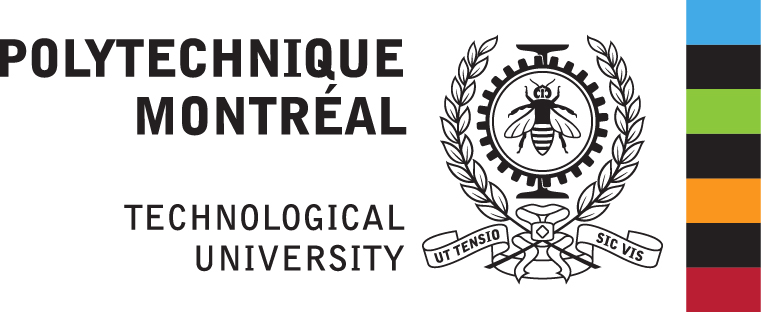Lily Polowin, Communications Coordinator, Federation for the Humanities and Social Sciences
Please join the Federation in welcoming one of our newest institutional members, and Québec's largest engineering university, Polytechnique Montréal! Polytechnique was officially voted in at the Federation’s first-ever virtual Annual Meeting on May 15, 2019 alongside another Montréal institution, HEC Montréal.
Yes, you read that right: an engineering school and a business school have joined the Federation for the Humanities and Social Sciences! If you’re interested to know more about what motivates these institutions to work with us, read on. I investigated that question myself and found some very interesting answers!
Polytechnique Montréal is one of the country’s most renowned engineering schools, and not only for its reputation for training excellent engineers. The school was recently awarded a Certificate for its efforts in achieving gender parity by the Women in Governance Organization. It is the first time that a university has been awarded the certification, as the award usually goes to companies. Polytechnique's Board formally declared the institution's commitment to support and promote equity, diversity and inclusion in 2017, and this award confirms that they are on the right track.
As part of my search for an answer on how HSS and engineering collaborate, I asked two engineer friends of mine to summarize their profession in one sentence. I was intrigued to find that, despite the fact that one friend is Canadian and studied engineering in English and French at the University of Ottawa, and the other studied engineering in Spanish at the Universidad del Atlantico in Colombia, they both came back to me with a nearly identical answer. According to them, an engineer’s job is firstly to fully comprehend the scope and nature of a problem and secondly implement a concrete, step-by-step technical solution that solves the problem.
Engineers use what is called the engineering design process to get the problem to the solution. Although different sources will use variations on the framework, in general the process involves defining the problem, collecting information or hypothesizing, designing and building models, testing the models and using the feedback gained from the tests to improve the design. Once this process is complete, it may be necessary to start from the beginning using the new data gained from the initial cycle. In a word, the process could be summed up as iterative. So what does this whole design process have to do with HSS?
I spoke with the head of Polytechnique, Phillippe Tanguy to gain insights from the executive level. Tanguy has been president of Polytechnique since the beginning of 2018 and is a professor of chemical engineering. He mentioned that Polytechnique already has a research group that brings together professors that have expertise in social sciences and engineering. Known as the Groupe de recherche en gestion et mondialisation de la technologie, the members of this group work at the confluence of technology, society and innovation. The group’s mandate is to contribute to knowledge in a context of rapid technological change with the cognizance that economic growth does not happen in a vacuum: it has social, human and environmental costs.
The collaboration takes place before the iterative design process gets set in motion. It is less about the nature of engineering work than it is to respond to the question of its purpose or direction. While an engineer’s job is to solve problems, those problems exist within a social context and the solutions need to be cognizant of that context and the effects it may have on that fragile, ephemeral and vital thing we call social life.



